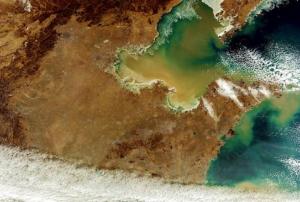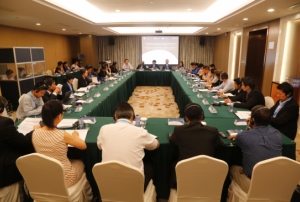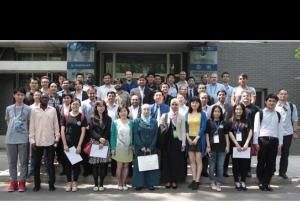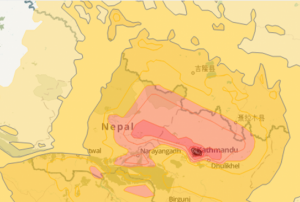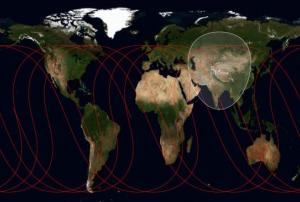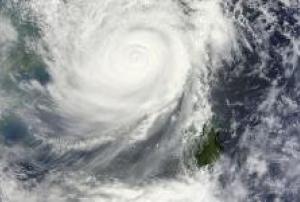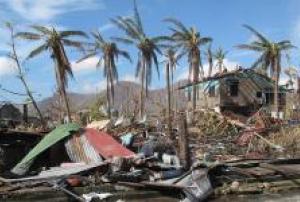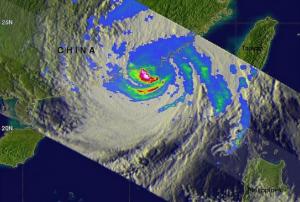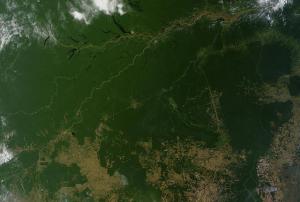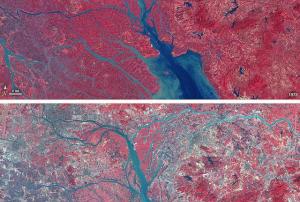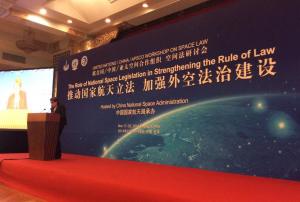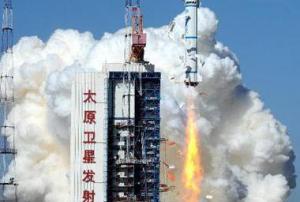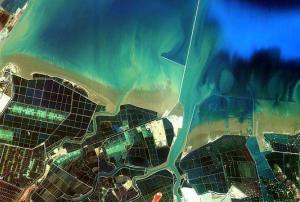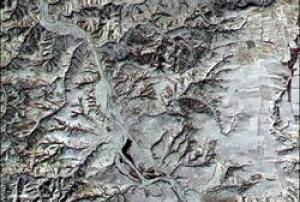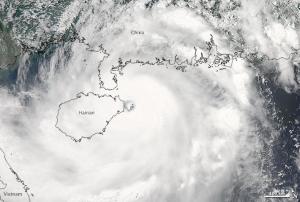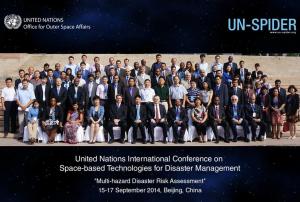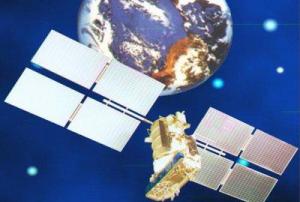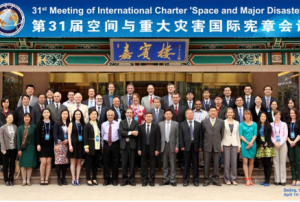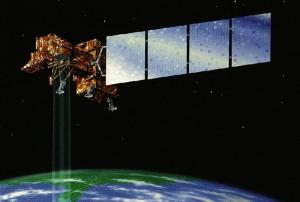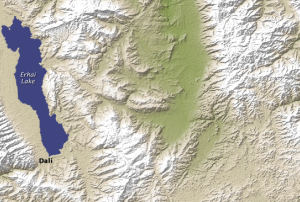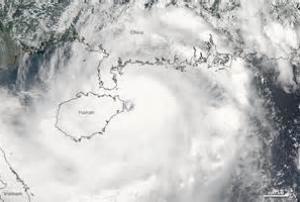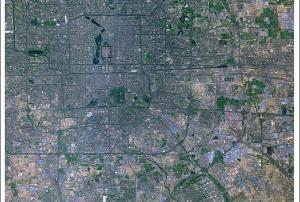China carried out on June 26 the unexpected launch of a new Earth Observation satellite called Gaofen-8 from the Taiyuan Satellite launch Center in Shanxi province. The launch was not announced beforehand by the authorities but is part of the China High-Resolution Earth Observation System (CHEOS), a series of high-resolution optical Earth Observation satellites placed in various orbits that will consist of eight or nine satellites.
This new space artifact was developed by China Aerospace Science and Technology Corporation (CASC) and according to Chinese officials, it is part of a civilian programme whose aim is to facilitate climate surveying, disaster response, precision agriculture mapping, urban planning and road network design. Its imagery will be mostly used by the Ministry of Land and Resources, the Ministry of Environmental Protection, and the Ministry of Agriculture.
During 2015 the Gaofen-3 launch is expected and Gaofen-4 will presumably be sent to space in…
more